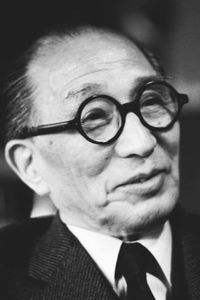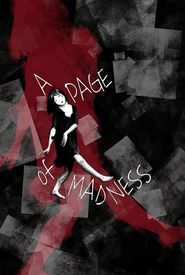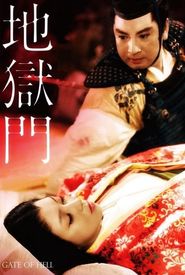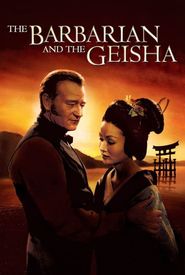A legendary figure in Japanese cinema, a former female impersonator who transitioned to acting in 1917 and later discovered his true calling as a director in 1922. Over the following decades, Kinugasa crafted some of the most formally brilliant Japanese films, showcasing a highly mature and sophisticated talent.
Only a few of his early works have been fortunate enough to reach Western audiences, yet they continue to impress with their refined and artistic quality. One of his most famous silent films is "Kurutta Ippeji" (1926),an old print of which was rediscovered in Kinugasa's attic and re-released in the 1970s. Another notable silent film is "Crossroads" (1928),the first Japanese film to be commercially released in Europe. Both of these films have been widely praised for their innovative and captivating cinematography, which is reminiscent of the esteemed German expressionist films of the same period.
It wasn't until 1929 that Kinugasa himself had the opportunity to travel abroad and encounter European directors and their films. In the 1950s and 1960s, Kinugasa directed a series of period dramas that were renowned for their sumptuous color and imaginative use of the wide screen. One of his most celebrated films, "Gate of Hell" (1953),won the top prize at the 1954 Cannes Film Festival and received an Academy Award for Best Foreign Film.






















